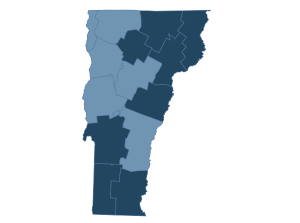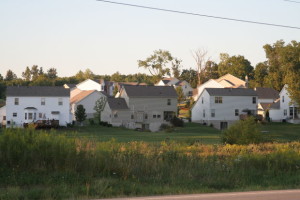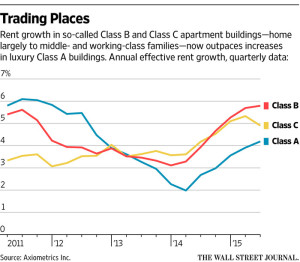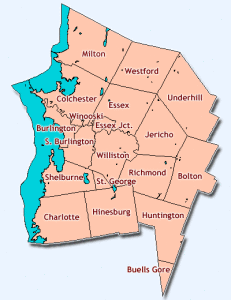Last week we looked at what the official websites of Democratic presidential candidates had to say about affordable housing, or fair housing, or ANY kind of housing, and we came up empty. Affordable housing may be a national crisis, and residential segregation may be a national scourge and a key contributor to the unrest in Ferguson, Baltimore and elsewhere, but these issues missing from the Democrats’ campaign discourse these days.
The same is true for the Republicans, but perhaps it’s just as well. A primary candidate in a crowded field benefits by mobilizing zealots and true believers, so the fact that housing is not a flashpoint for various segments of the Republican “base” might not be a bad thing.
HUD’s affirmatively furthering fair housing (AFFH) rule has been getting a rise out of conservative commentators, but the presidential candidates apparently don’t think flogging it will get them very far. They’re sticking with more familiar standbys, such as Obamacare and gun regulation.
In any case, just for the sake of balance, we looked at websites of the 17 Republican candidates. Many had “issues” tabs. (Donald Trump, interestingly, has a “positions” tab, and when you click on it there’s only one: Immigration Reform.)
Any mention on these sites of the housing problem in any form?
Jeb Bush: No
Ben Carson: No
Chris Christie: No
Ted Cruz: No
Carly Fiorina: No
Jim Gilmore: No
Lindsey Graham: No
Mike Huckabee: No
Bobby Jindal: No
John Kasich: No
George Pataki: No
Rand Paul: No
Rick Perry: No
Marco Rubio: No
Rick Santorum: No
Donald Trump: No
Scott Walker: No
HUD gets a pass from all of them, even those who inveigh against “regulation” and “big government.”












